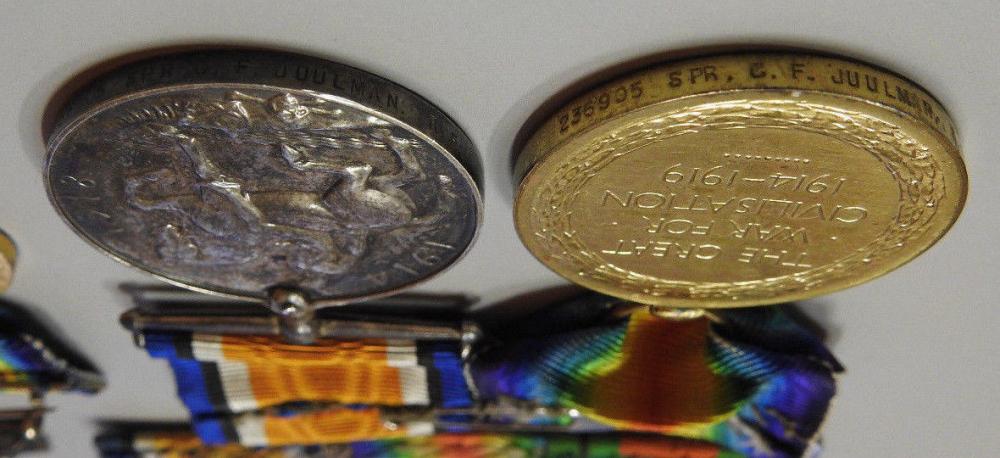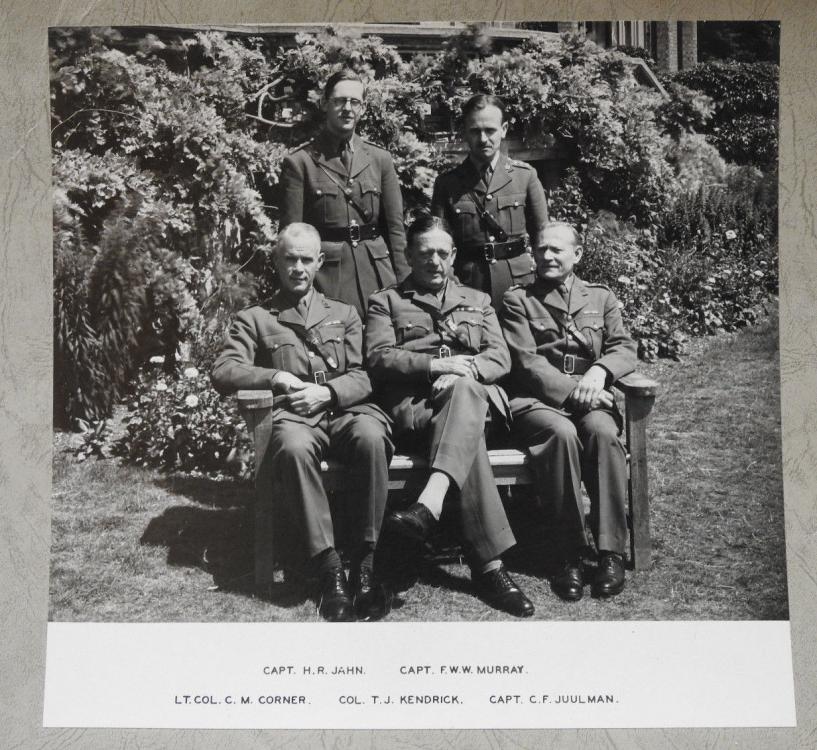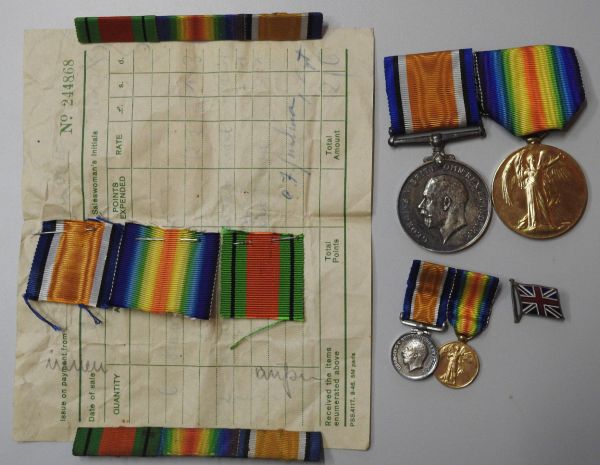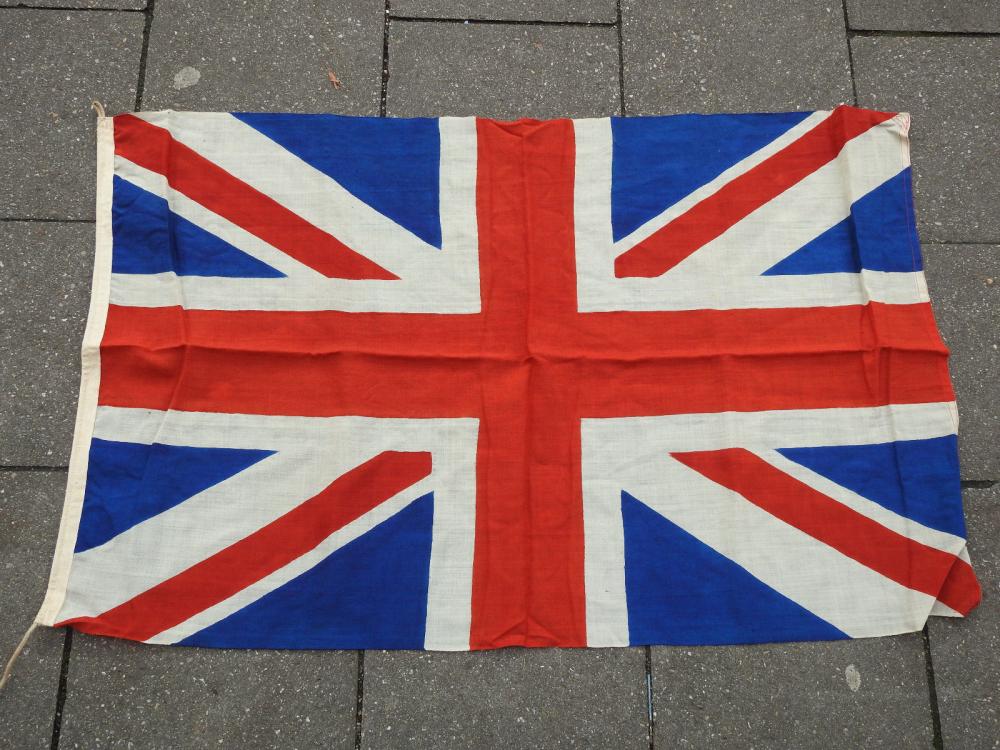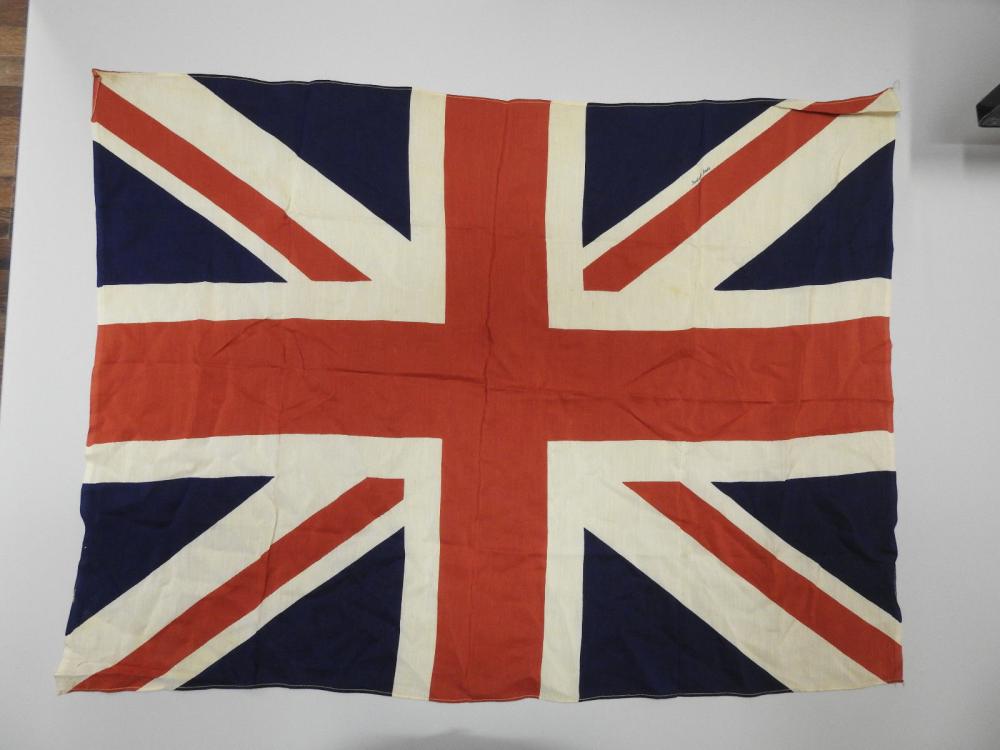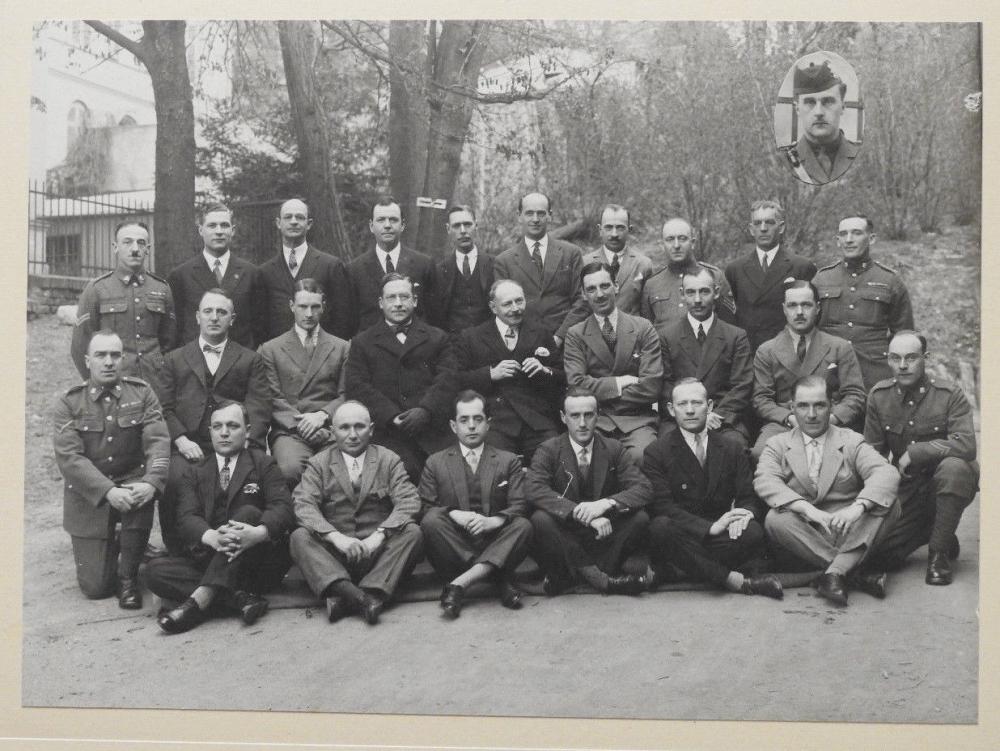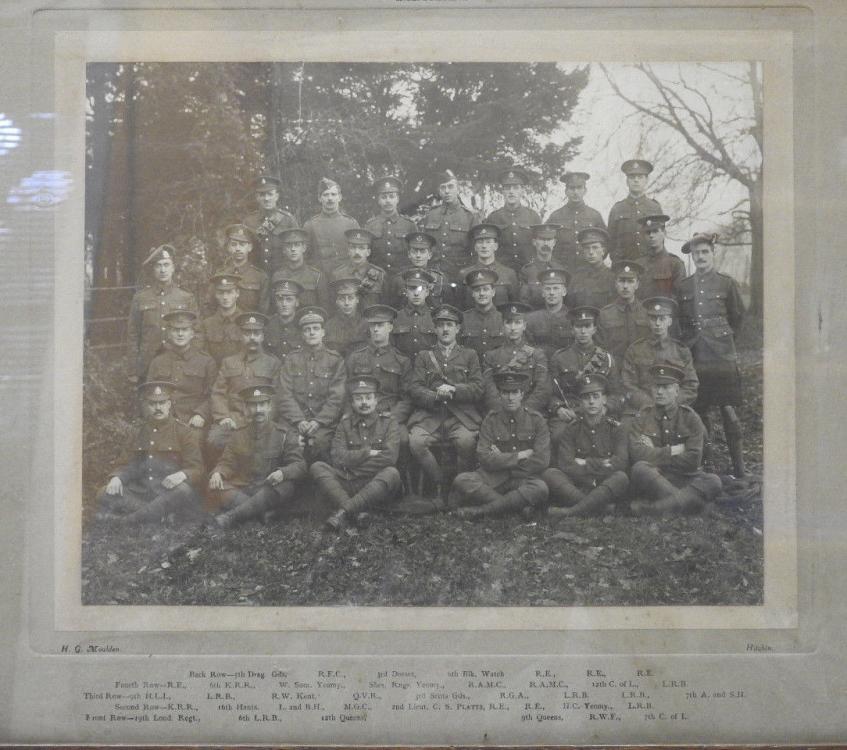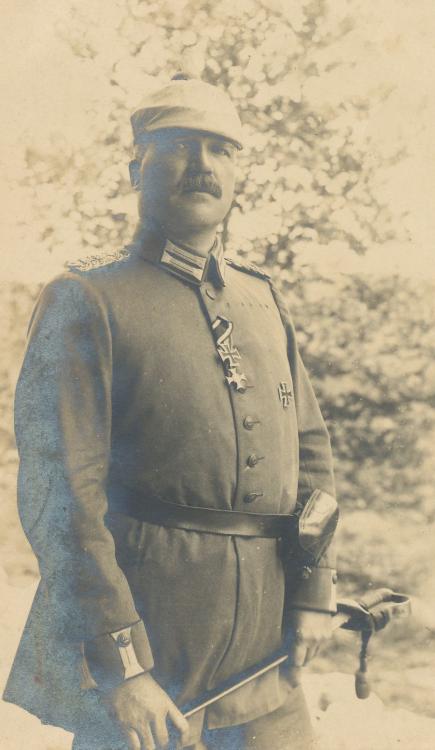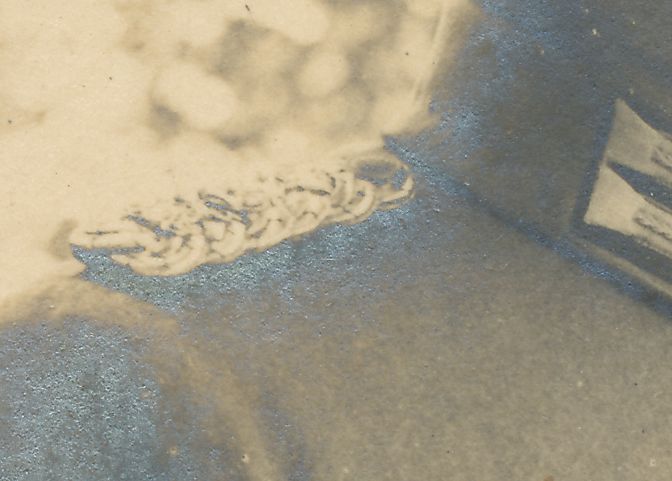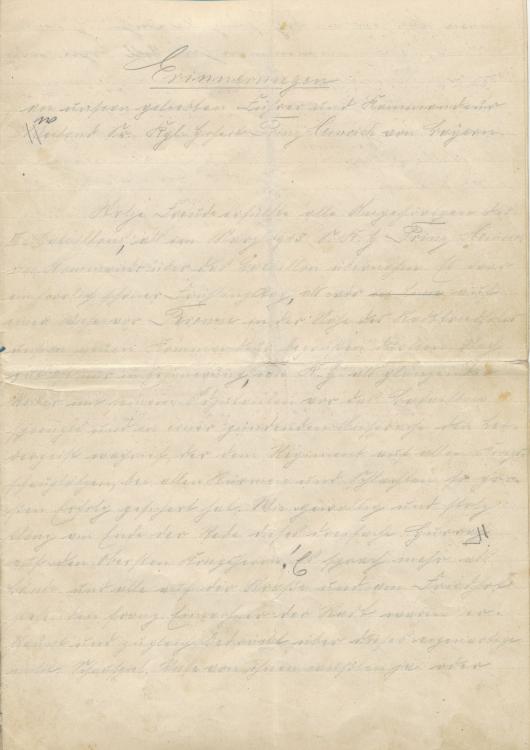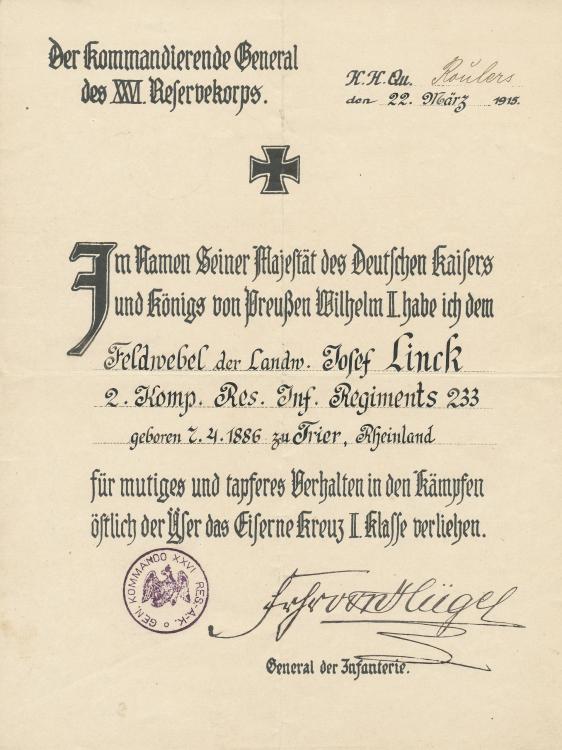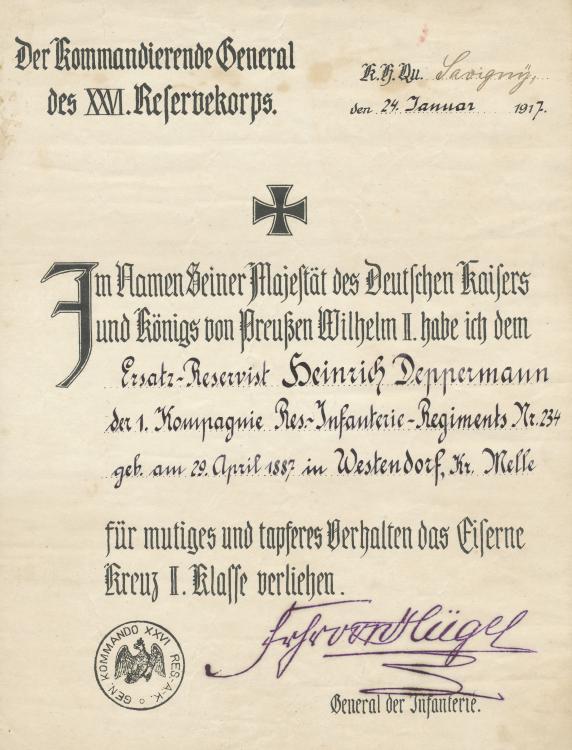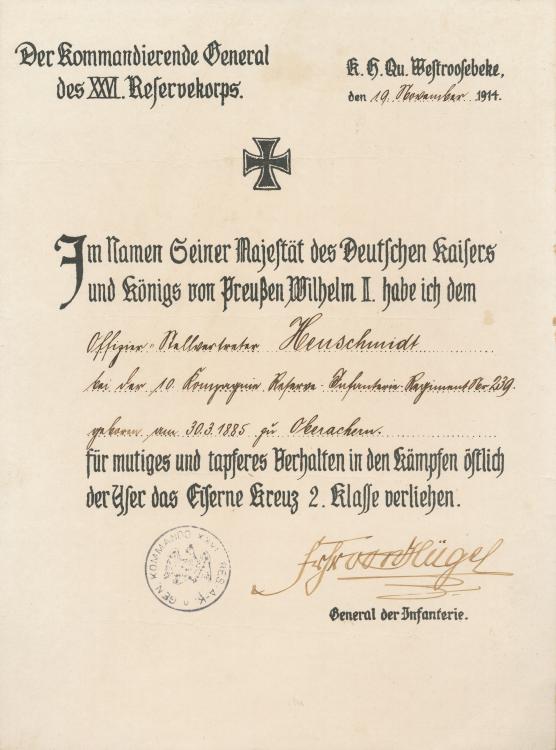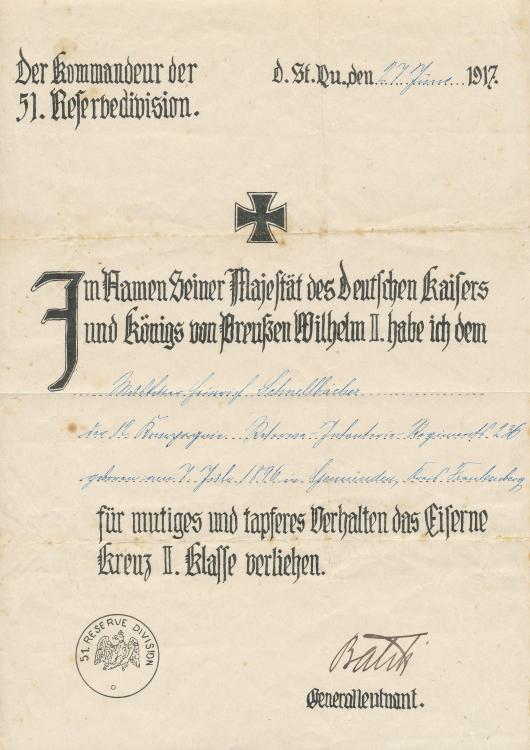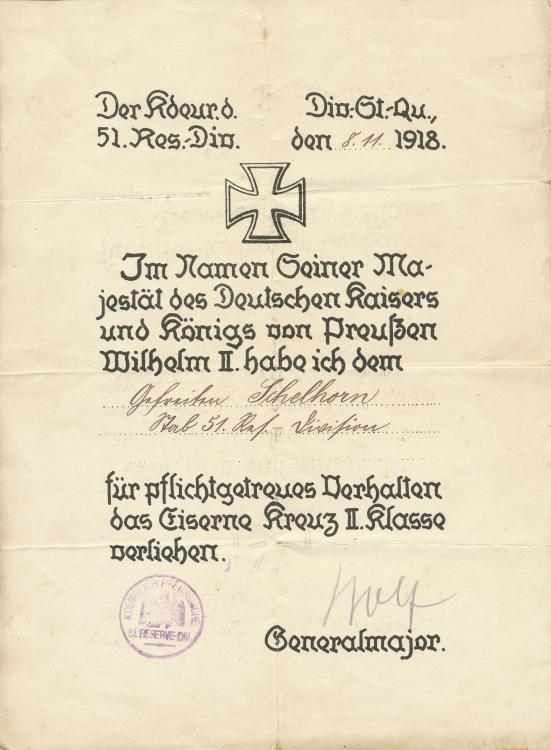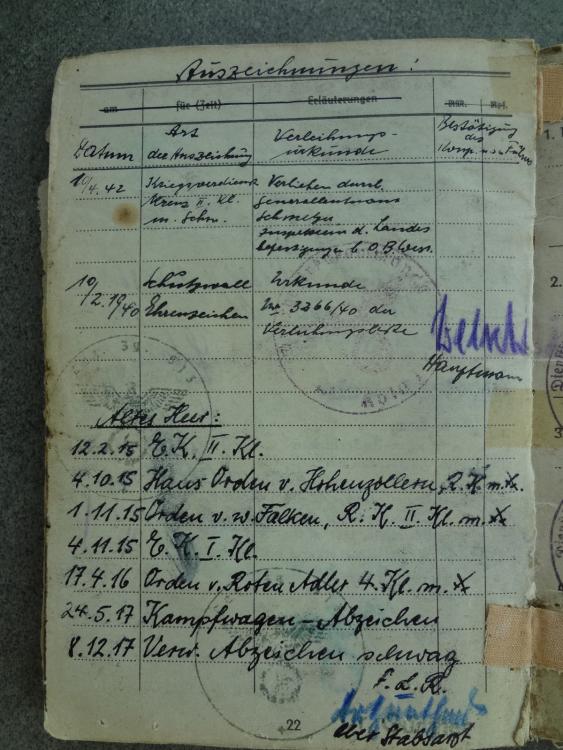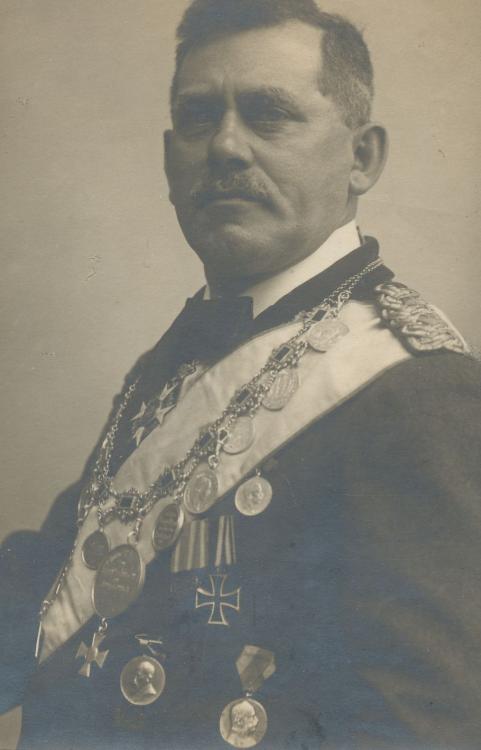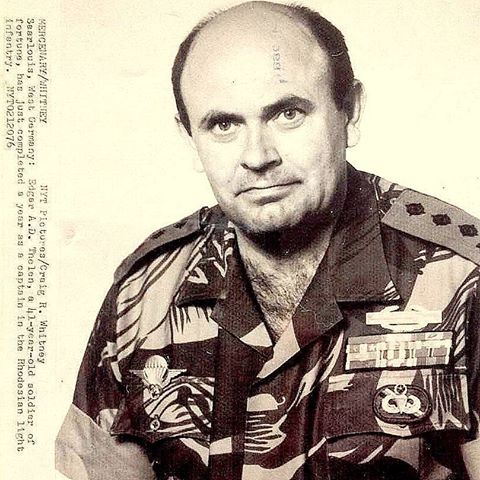-
Posts
29,251 -
Joined
-
Last visited
-
Days Won
84
Content Type
Profiles
Forums
Blogs
Gallery
Events
Store
Everything posted by Chris Boonzaier
-
From the national archives site...... This subseries (WO 208/3582-3748) contains interrogation reports of enemy prisoners of war during the Second World War undertaken by the Combined Services Detailed Interrogation Centre (UK) - C.S.D.I.C.(U.K.) for the period May 1942 to October 1945 and the Prisoner of War Interrogation Section (Home) - P.W.I.S.(H) for the overall period June 1944 to November 1945 (arranged in four separate subsubseries), and interviews by the Royal Patriotic School (R.P.S.) of foreign civilians arriving in the United Kingdom from abroad, from May 1941 to March 1945. The subseries, therefore, contains six separate runs (or subsubseries), as follows: WO 208/3582-3620: Combined Services Interrogation Centre (UK), May 1942 to October 1945. WO 208/3621-3622: Prisoner of War Interrogation Section (Home), June 1944 to November 1945. WO 208/3623-3629: Prisoner of War Interrogation Section (Home), Kempton Park, June 1944 to November 1945. WO 208/3630-3644: Prisoner of War Interrogation Section (Home), Lingfield Cage, June 1944 to March 1945. WO 208/3645-3662: Prisoner of War Interrogation Section (Home), London District Cage, June 1944 to November 1945. WO 208/3663-3748: Royal Patriotic School: interrogation of civilians arriving in UK from abroad, May 1941 to March 1945. Date: 1941-1945 Unpublished finding aids: For further information, see 'The Story of M.I.19' (from which the accompanying Administrative History information has largely been extracted) in WO 208/4970. Administrative / biographical background: Combined Services Detailed Interrogation Centre (UK) - C.S.D.I.C.(U.K.), and Prisoner of War Interrogation Section (Home) - (P.W.I.S.(H)) Pre-1944: Before the Second World War it had been agreed by the services that a Combined Services Detailed Interrogation Centre (C.S.D.I.C.) should be formed, under the responsibility and control of the War Office, to deal with selected enemy prisoners of war of all three services. Within 24 hours of the outbreak of the war, the nucleus of the C.S.D.I.C. had opened in the Tower of London (under the title of M.I.1.h.). In October 1939, a specific written charter was produced for C.S.D.I.C.(U.K.), to submit selected prisoners of war, either Naval, Military or Air Force, or internees, to a comprehensive interrogation by specially qualified officers. On 12 December 1939 the Centre moved to Trent Park, near Barnet, Hertfordshire (where known as 'Cockfosters Camp'), and in 1942 to No.1 Distribution Centre (DC), Latimer House, Buckinghamshire (on 15 July) and No.2 DC at Wilton House, Beaconsfield, Buckinghamshire (on 13 December). No.2 DC was used primarily for Italian prisoners (previously interrogated at a mobile unit at Newmarket), most of the German prisoners being handled by No.1 DC. At the time when No.1 DC was established on 15 July 1942, Trent Park became a base camp for German senior prisoners of war. In June 1940, a series of prisoner of war cages were planned and the Prisoner of War Interrogation Section (Home), (P.W.I.S.(H)), was formed to operate at these cages, to perform detailed interrogation on Army questions, and to select Army prisoners of war for C.S.D.I.C.(U.K.). Initially the unit was spread over the entire UK, but eventually came to be based at nine distribution centres. Enemy prisoners of war were landed at ports throughout the United Kingdom and taken to the nearest cage; at these cages prisoners were also selected for further investigation by C.S.D.I.C.(U.K.). Effectively the P.W.I.S.(H) units acted as transit camps and sorting centres where incoming enemy prisoners of war were identified, processed, graded and interrogated to extract information or to establish whether the prisoner merited further more detailed long-range interrogation by C.S.D.I.C.(U.K.). Hence, the P.W.I.S.(H) units acted as a first (brief) line of interrogation and the C.S.D.I.C.(U.K.) as a second line conducting further investigations. From 1943, it was agreed all selected prisoners of war were available for joint (British and US) interrogation irrespective of their captors. Post-1944: During 1944 preliminary planning had started in respect of a prisoner of war interrogation organisation for the invasion of Europe. The Ministry of Health required that all prisoners of war arriving from the continent should be disinfected, and it was agreed the there should be two ‘bottle-necks’ for all prisoners evacuated, with Kempton Park racecourse (Sunbury on Thames, Middlesex), to be used for British captured prisoners and Devizes (Wiltshire) for US captured prisoners. Each of these collecting points were designed to handle some 2,000 prisoners per 24 hours. For the British captured prisoners, in order to meet intelligence requirements, arrangements were concluded whereby up to 100 selected prisoners were conveyed to Lingfield Cage (Surrey) for preliminary detailed interrogation and selection for C.S.D.I.C.(U.K.). In addition, it was agreed that certain special categories, especially officer prisoners, could be transferred direct from Kempton Park to London District Cage and to C.S.D.I.C.(U.K.). At London District Cage (based at Kensington Palace Gardens) interrogations were therefore made of known and suspected war criminals and Nazis, and high-ranking officers. The plan required for Kempton Park, Lingfield and London District Cage, to be manned by P.W.I.S.(H) officers to undertake the screening, preliminary interrogations and selection of prisoners of war. In addition, C.S.D.I.C.(U.K.) sent forward selection officers to Kempton Park. The interrogation reports written by P.W.I.S.(H) officers were identified by the number starting with P.W.I.S.(H)/L.D.C./, with ‘K.P.’ and ‘L.F.’ replacing ‘L.D.C.’ (London District Cage) on those reports produced at Kempton Park or Lingfield respectively. After the cessation of hostilities in Europe, C.S.D.I.C.(U.K.) remained busy on selected prisoners, including a number of high-ranking German officers. In this period, P.W.I.S.(H) concentrated on the examination of prisoners of war regarding war crimes. The policy was laid down, however, that active interrogation must cease as soon as possible, and on 7 November 1945 the C.S.D.I.C.(U.K.) was finally closed. Here is a Photo 5 5 Intel officers, in the middle Col. T.J. Kendrick, on the right is Carl Ferdinand Juulman, wearing his WW1 pair. https://www.amazon.co.uk/Spymaster-Secret-Kendrick-Helen-Fry/dp/1500418838 Here are the medals awarded to C.F.J. ,
-
Karl Ferdinand was Estonian.... and seems to have moved back to Germany right after the War. He was naturalised as a British subject... and the records were sealed for 100 years!! Reference: HO 144/2826 Description: Nationality and Naturalisation: J, Karl Ferdinand (known as Carl Ferdinand J), from Esthonia. Resident in Cologne. Certificate 10,623 issued 26 October 1923. Date: 1923 Held by: The National Archives, Kew Former reference in its original department 442822 Legal status: Public Record(s) Closure status: Closed Or Retained Document, Open Description Access conditions: Closed For 100 years Record opening date: 01 January 2024 He died on the 24th of November 1948.... These two flags were in a chest with his photos..... Thats all pretty interesting.... but I think what follows is more so..... This is Colonel T.J. Kendrick..... http://www.dailymail.co.uk/news/article-2729778/How-unsung-hero-heart-Britains-eavesdropping-centres-Second-World-War-helped-saved-thousands-lives.html
-
Carl Ferdinand was commissioned in early 1940..... In June 1940 the Intelligence Corps was formed.... This seems to be a Photos of the new officers, the old NCOs still wearing their parent unit uniforms..... One with a MM, one with a DCM.... Carl Ferdinand seems to be the guy right in the middle with his hands in front of his chest.... This seems to be some of the group at a later date..... some faces are in both photos....
-
The start of the journey for this small group is in the middle of WW1 when a Carl Ferdinand J transfered from the Royal Fusiliers to become a Signaller with the Royal Engineers, attached to GHQ ... He was part of "Draft 158" and the title of the photo is "Interpreters" (with inverted commas).... You can see that all services are included, So I am going to go out on a limb and guess that "Draft 158" was somehow connected to Military Intel In the photo above all seem to have slides on the eppaulettes, but no cloth shoulder badges or collar badges... maybe that can help date the Photo... This from the Great war forum seems to explain why he was initially a Fusilier.... " during WW1 British soldiers identified for Intelligence Corps linguist/translator duties, were posted for personnel management to the 10th Bn Royal Fusiliers " I assume he was trained in Draft 158 and this was the men before they were posted to their new units, His Being the R.E. (from later photos I think he is top row, 2nd from the right)
-
Awaiting a little Gem for the collection... until then, how do you interprate "Cafard" ?
-

Bundesrepublik The new "Iron Cross"
Chris Boonzaier replied to webr55's topic in Germany: Post 1945: Bundesrepublik & DDR
Hi, in WW1 there was the Prussian Golden Merit Cross, and although not awarded to German soldiers in WW1 the Preussische Kriegerverdienstmedaille and the MEZ were also alternatives. In WW2 the military could reward soldiers with plenty of awards, assault badges, close combat badges, tank destruction badges etc. etc... Outside of the Prussian system in WW1 there was no shortage of awards, Bavarian, Saxon etc. etc... the only soldiers who came up short were the poor prussians. But when all is said and done, none of the arguments show any need for reinstating the Iron Cross, Simply that germany needed medals for her new role in the world, and that they have done... and with a classless set of new awards. -

Bundesrepublik The new "Iron Cross"
Chris Boonzaier replied to webr55's topic in Germany: Post 1945: Bundesrepublik & DDR
Germany has in the past used other awards for smaller wars. The Iron Cross has always been used for wars fought to save Germany very existence. Colonial Wars, The Boxer Rebellion, 2nd Schleswig War, Austro-Prussian war, .... all took part after the institution of the Iron Cross, but in each case the Iron Cross was not awarded and other state awards were given. Of course the soldiers did brave acts, butther Iron Cross was not the only award availible for bravery. Reinstituting the Iron Cross is a romantic idea, but based on emotion and does not respect the historical precedents. Which era are we talking about? Pre 1918 there were many other awards availible. In WW2 there were also more than just the Iron Cross ? -

A total Walter Mitty?
Chris Boonzaier replied to Chris Boonzaier's topic in United States of America
Hi, that is the best cammo in the world, Rhodesian Brushstroke :-) http://images.google.de/imgres?imgurl=https%3A%2F%2Fupload.wikimedia.org%2Fwikipedia%2Fcommons%2Fthumb%2F1%2F19%2FRhodesian_Brushstroke_pattern.jpg%2F220px-Rhodesian_Brushstroke_pattern.jpg&imgrefurl=https%3A%2F%2Fen.wikipedia.org%2Fwiki%2FRhodesian_Brushstroke&h=220&w=220&tbnid=IOV88SNKryrRdM%3A&vet=1&docid=HsF259OO1KZuDM&ei=IsEiWM3ZBMPqUoaXl4AB&tbm=isch&iact=rc&uact=3&dur=874&page=0&start=0&ndsp=27&ved=0ahUKEwjN8uj7hJvQAhVDtRQKHYbLBRAQMwg3KBQwFA&bih=828&biw=1342 This German NCO was apparently in the US army for 3 years, rose to the rank of Major in the 46sfg in Thailand, was awarded a Silver star, Bronze star etc etc... -
http://www.nytimes.com/1976/01/21/archives/the-hired-soldier-money-is-only-part-of-it.html?_r=1 This cannot be right... right?



